On a quest to improve the availability and accessibility of public services, Iceland becomes the latest country to implement its own X-Road data exchange layer environment. Straumurinn, the Icelandic name given to the platform, is set to increase the ability of the government to deliver online services for both public and private actors.
Increasing security and safety of the data exchange established, and with the goal to make the once-only principle a reality, X-Road was presented as the ideal solution to tackle organizational and efficiency issues in the Icelandic public administration. Guðlaug Dröfn Þórhallsdóttir, Project Manager for interoperability at Digital Iceland (Stafrænt Ísland – Ministry of Finance and Economic Affairs), explains what’s the current status of the project and what are the main advantages that Straumurinn is set to bring.
Background and institutional framework
The cooperation between Iceland and the Nordic Institute for Interoperability Solutions (NIIS) officially started in September 2018. NIIS and Iceland went on to officially sign the partnership agreement, making Iceland the first partner of the international development organization of X-Road, and giving the kick-off towards the development and implementation of Straumurinn.
At the time, government authorities in Iceland were aiming to build an interoperability platform that would suit the needs of the public administration, in cooperation with the European Union with regard to the procurement process. During such stage, X-Road was identified as the way to go to provide Iceland with its own national data exchange layer. The project falls within the framework of the Digital Iceland initiative, under the supervision and jurisdiction of the Icelandic Ministry of Finance and Economic Affairs.
The Minister of Finance and Economic Affairs of Iceland Bjarni Benediktsson met with NIIS in November 2018 – in presence of Siim Sikkut, Government CIO of Estonia, Anna-Maija Karjalainen, Director General of Public Sector ICT for the Finnish Ministry of Finance, and Ville Sirviö, CEO of NIIS. On February 27, 2019, a high-level meeting between the Prime Ministers of Iceland and Estonia, respectively Katrín Jakobsdóttir and Jüri Ratas, became the perfect occasion for ministers to announce that Iceland is adopting X-Road for secure data exchange and interoperability.
Needs and challenges
Iceland is currently undergoing an effort to update and improve its public sector systems, and enable authorities to deal more efficiently with the exchange of data and information. Among the needs laid out emerge the desire to deliver most public services in a digital ecosystem, to enforce the once-only principle when it comes to data provision and applications, to cut on the time and effort currently necessary to fill out forms and requests.
The country fares particularly well when it comes to telecommunication infrastructures, for example with regard to high speed network coverage and internet usage – but providing public services online is a different story. “Citizens demand more and better online services, but our distributed technical environment of databases and departments is characterized by poor interoperability,” Þórhallsdóttir explains. As the Head of Division at Digital Iceland, she’s aware that some structural work needs to be done, particularly so to avoid the risk of just replicating flawed practices and procedures in a digital environment.
Currently going through the set-up phase of Straumurinn, the Icelandic government is facing two types of challenges – organizational and technical. “Changes in laws and legislation are necessary, as well as a clear understanding of the distribution of roles and responsibilities in a changed ecosystem. We are now proceeding with setting-up the infrastructure, though we know that we need to create also a system of seamless services around the implementation of the platform,” Þórhallsdóttir says. Moving from such level of awareness, contacts with Estonian and Finnish partners stay strong, as mistakes and success points always prove to be good examples of the dos and don’ts in structural changes involving technology.
The solution
It did not take long to realize that X-Road is a viable option to solve some of the issues that Digital Iceland is aiming to tackle. The data exchange layer originally developed in Estonia, and then adopted by a series of other countries, has proved to be a fundamental support to the establishment of secure data exchange between the public and the private, and to be one of the key elements in the making of a truly digital society. We have witnessed it in Estonia, and then with the cross-border data exchange taking place between Estonia and Finland. Now, Iceland is implementing its X-Road environment, Straumurinn, to satisfy citizens’ expectations and make most public services available and accessible online.
Straumurinn is the Icelandic way to efficiency and security in information exchange. After the set-up phase, the first services will be available through the X-Road environment, enabling government agencies and ministries to exchange information through a standardized and secure solution. “We will be able to communicate with citizens using different information systems or online interfaces, and we will do so in a more flexible and functional way than today. X-Road will make the exchange of information between Icelandic agencies and business organizations easier to handle, especially with regard to queries and form submissions, and it will help us build our State portal,” Þórhallsdóttir highlights.
And though it is true that the data exchange layer was born in Estonia, the X-Road family includes today also Finland, Iceland, and the Faroe Islands. Could this be the prelude to a Nordic data exchange alliance? Cross-border cooperation reduces the workload of the public sector, and fosters international business activity through increased efficiency and reduced paperwork. Together, these countries are setting an example on how to build closer ties in a geo-economic area driven by digital governance and interoperability.
